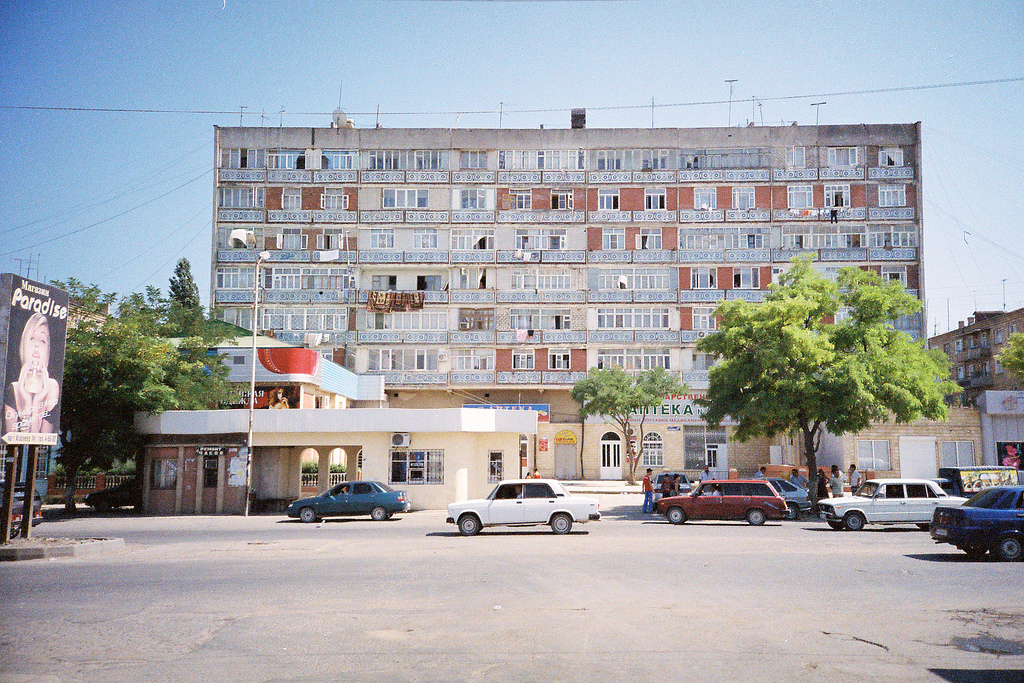Image nation: making sense of the Caucasus, one photo at a time
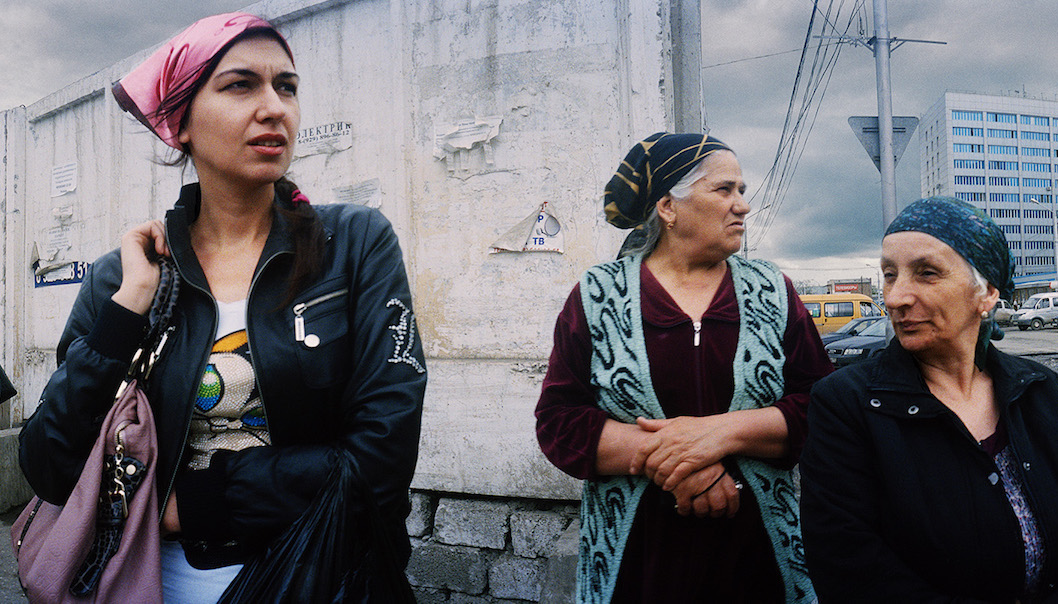
Introducing Surat, the North Ossetian photo magazine turning the page on clichéd pictures of the Caucasus as a land of gangsters and bandits
In early 2011 a small team of like-minded photographers in North Ossetia, one of the republics in the Russian Caucasus, decided to make an online photography magazine. They argued for hours about the name and even drew lots; but in the end they settled on Surat, the Ossetian word for “image” because it expressed their main idea: to concentrate on the picture and not on the technical means for achieving it; to focus directly on photography in the digital age and its power to transcend borders.
“The starting point for Surat was sharing our work with a wider audience, says Anna Kabisova, the assistant editor. “But then we set ourselves the grander, more global mission to develop photographic art in Ossetia because we weren’t satisfied with the standard within the country.”
Surat mostly publishes projects by local photographers, most of them unknown outside Ossetia. However, this is a reflection not so much of the calibre of the artists as of the cultural situation in Russia that largely gravitates around Moscow. And many contributors are intent on dispelling the clichéd perception of Caucasians as either the inhabitants of a backwater or as gangsters and bandits.
The most striking stories published by Surat include Georgii Gogichaev’s travel photo-essays that masterfully capture the colour and atmosphere of the South; Pavel Machilsky’s project about holiday-makers in Sochi; and the Dagestani street-photographer Amir Amirov’s scenes of everyday life.
A good number of projects are also preoccupied with social issues, covering topics from urban deprivation and the environment to the preservation of ancient monuments. The boldness and depth of research in many stories is striking. This is certainly the case with Alina Akoeff’s Lost Ossetia, in which the photographer turns her admiring lens on old tombstones, rendering them with a poetic fragility, or Anna Kabisova’s investigation into the appalling living conditions near Ossetia’s Electrozinc factory. Several issues of the magazine also tell the story of old masters making work at the start of the 20th Century: the restlessly innovative Grigorii Kviton, the romantic Sadulla Dzhanaev, and Grigorii Raev, a famous landscape photographer and researcher of “Caucasian types”.
Looking through the six issues of Surat published so far, poring over the photographs themselves, as well as Rustam Byazarti’s meticulous magazine design, you gradually develops a fuller understanding of modern Ossetian photography. It is characterised by a certain eclecticism, a welding together of artistic, cultural and religious traditions that at the same time remains receptive to the new. There are also echoes of Soviet photography and design from the 1950s Thaw period and the 1970s, with their themes of compassion, community, and that illusory feeling of being sheltered from modernity and from the exploitation of the capitalist world, the loss of which is lamented by a section of the population today.
Surat additionally features photographers from across Russia and elsewhere as well as from within Ossetia. Svetlana Yerkovich, for example, whose series Golden Panther depicts women wearing leopard print in the North Ossetian capital of Vladikavkaz, is from Belarus. “At first we thought of Surat as a magazine to showcase the work of our photography collective,” says editor Alan Bigulov. “But one of our approaches now is to invite interesting photographers from beyond Ossetia to contribute, so that people can get to know photographers from other parts of Russia and the world, and a creative exchange can take place.”
This aspiration to play a unifying role, to be a centre of gravity effective beyond the local framework, is typical of many Russian independent cultural projects. To take just photography, for example, such initiatives include the Novosibirsk-based Moles on the Map project (“photo-chronicles of life outside the Russian capital”); Tomsk’s Strong People photography competition, dedicated to making sense of national history through the prism of private life; Krasnodar’s festival Fotoviza and the St Petersburg programme Fotodepartament, which has grown in short years from a small, private initiative into a major educational undertaking.
Scattered across the country, these projects are linked by an ethos whose elements might initially seem contradictory: firstly, a real interest in the specificities of local life, which a centralised perspective tends to overlook; and secondly, a desire to project their voice and be heard on a national, or international, scale.
Regardless of the stigma of amateurism, these groups of like-minded people usually have a clear understanding of their mission. They make long-term plans and set goals connected with progressive, gradual development. Sometimes they put their work on hold due to a lack of time or funds, but they persevere, resuming it time and again. And along the way, they’re gradually painting a new portrait of Russia today.











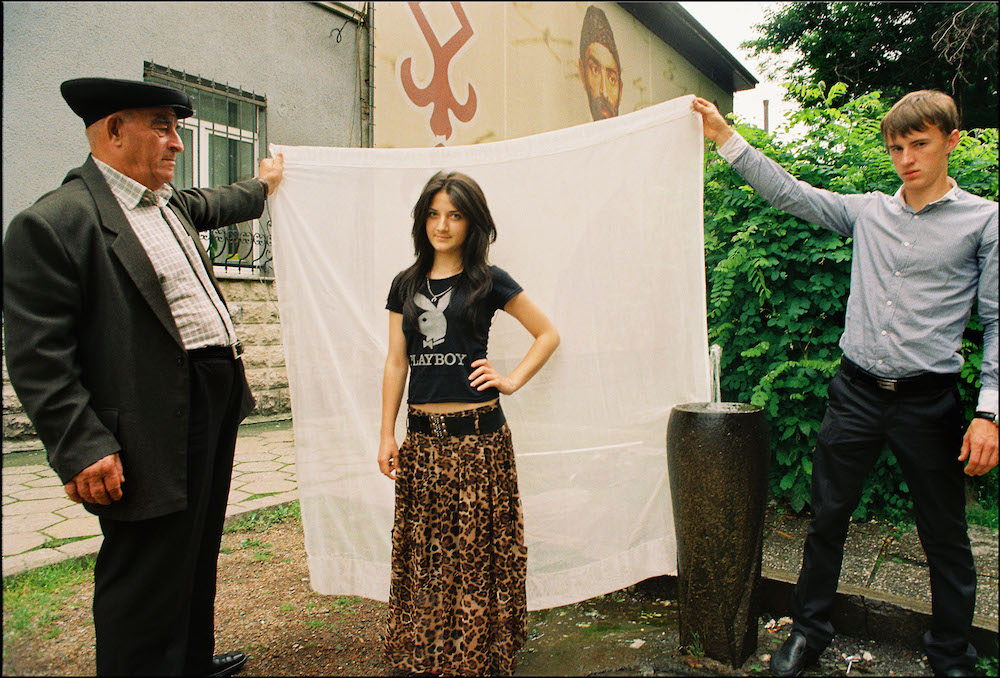
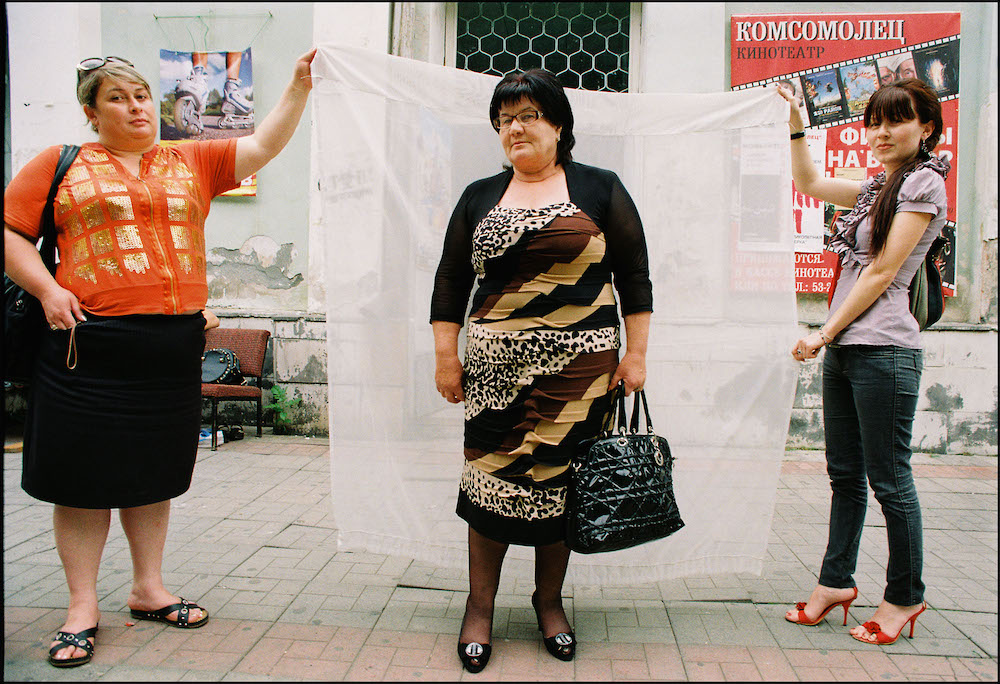
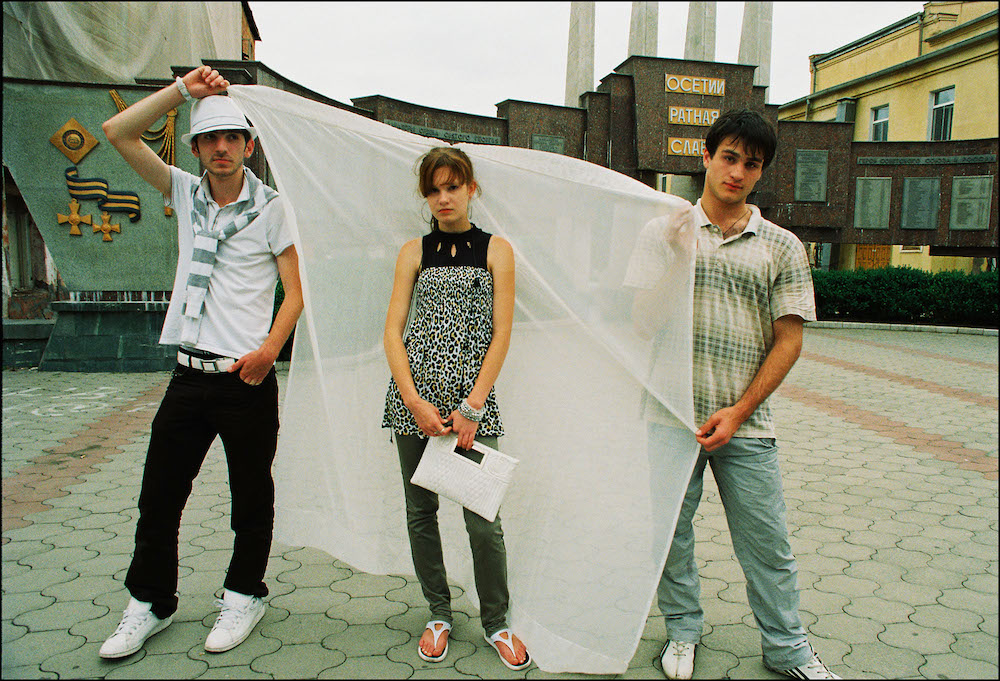
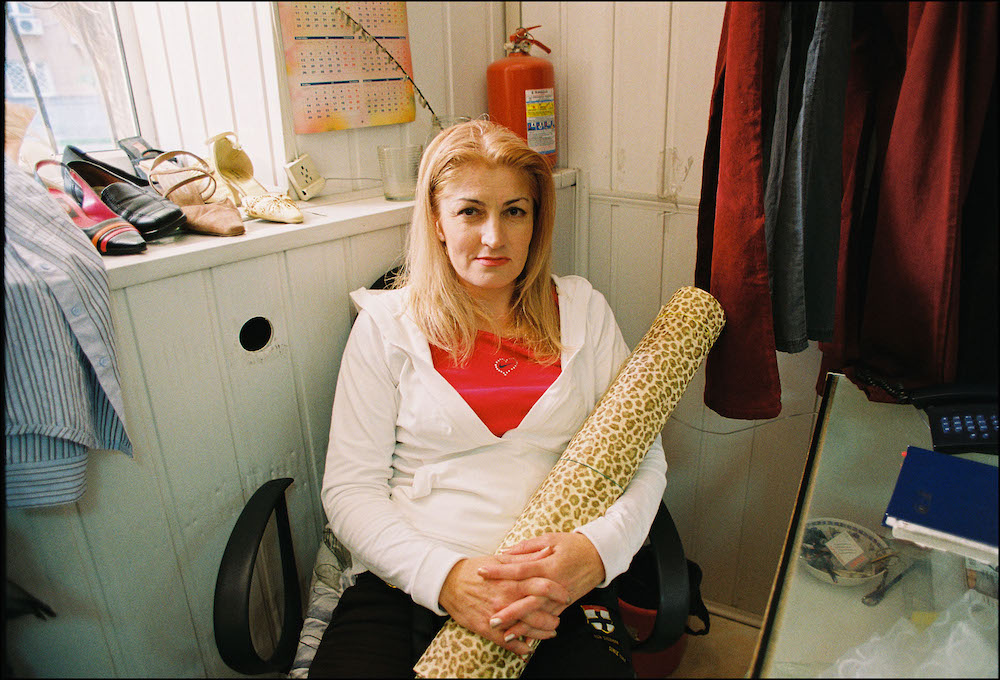
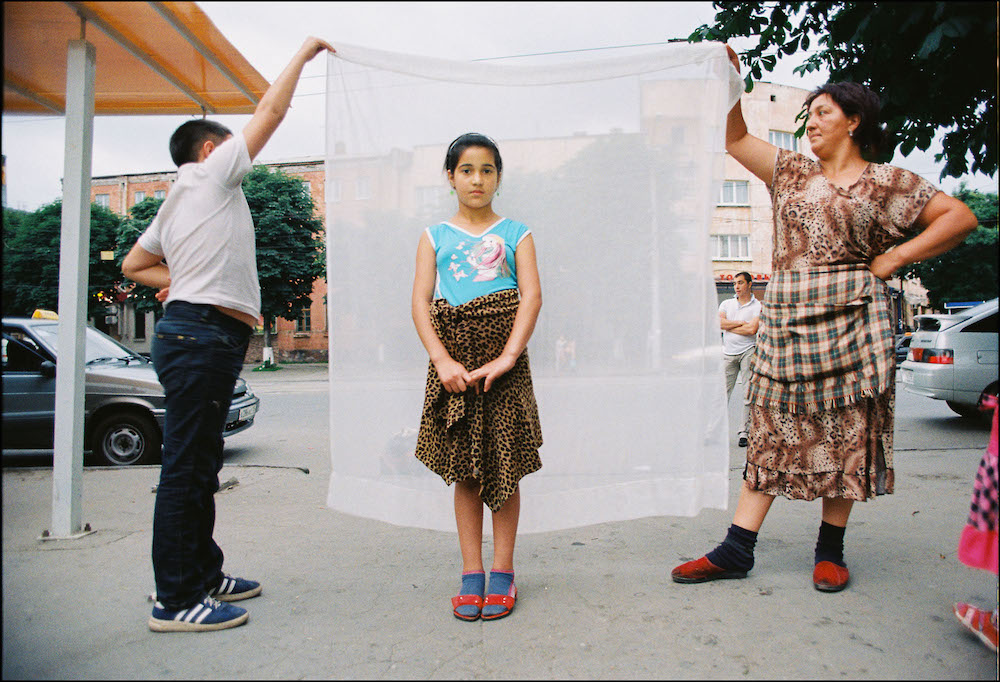
.jpg)
